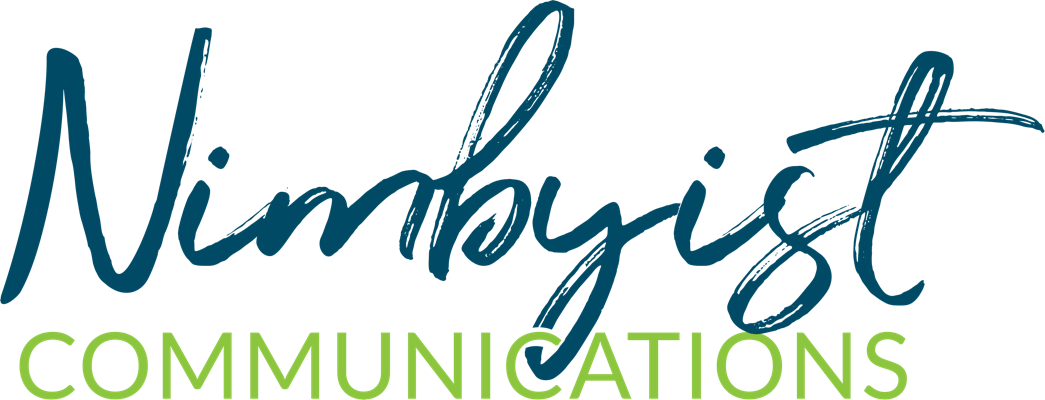 If your website was a person, who would it be – the office go-getter who’s always surprising you? Or the one who shows up late, leaves early, and sneaks off for a round of Angry Birds when you’re not looking?
If your website was a person, who would it be – the office go-getter who’s always surprising you? Or the one who shows up late, leaves early, and sneaks off for a round of Angry Birds when you’re not looking?
Tech entrepreneur Paul Chato sees your website as part of your staff, and says it has an obligation to pull its own weight. But what has your website done for you lately?
Interview with your website
At a workshop I went to recently, Paul suggested that we should treat websites like employees. They should
- have a clear role and performance goals
- treat customers well
- follow a “dress code” that syncs with the rest of your brand
- have a regular performance review
Paul pointed out that many budget-pressed websites are built by volunteers, relatives, or people who believe they can do better, cheaper. Sound familiar?
Fire your website, or put it on probation
Paul says lot of websites need to be fired. He argues that probation is often not an option; if your site wasn’t built for a purpose, morphing it into something productive could be a challenge.
I don’t necessarily disagree, but let’s face it: Often, the dollars and energy to start over today – or tomorrow – are non-existent. So in the interim, here are some ideas I had for “re-training” your website instead.
- Revisit your site’s priorities. This may be the biggest challenge, but I think it’s the best starting point. Understanding where you want your website to go will also help you make future decisions; will a potential change bring you closer to your goal? Consider why someone might visit your website, anticipate what they want, and make that option really obvious.
- Review your dress code. This can be something straight-forward, like adjusting your website’s colour scheme. But also consider your photos – are they meaningless-but-happy-looking stock photos? If you’re using images to emphasize the work you do, make sure there’s a clear connection.
- Check your customer service. Your website probably reflects the many different things your organization does: education, programs, services, advocacy. You also want to share news, events, announcements, publications, and don’t forget – you welcome donations! I’m not saying it’s easy, but try to focus on the most likely motivation for someone to be on your website.
- Come up with a new script. With a clearer vision for your website, you should make sure your content matches!
What ideas do you have for tweaking your site
when a full redesign isn’t in the cards?
Paul Chato is president of YourWebDepartment.com, and spoke about “Interview with your website” to IABC/Toronto’s Professional Independent Communicators group.



Great writeup, Amy! I think we all really appreciated Paul’s insights, which you have nicely captured here.
Thank you for the comment, Donna! It’s definitely a different way of approaching a website, but I think it makes a lot of sense.
I agree with Donna, nice recap of Paul’s presentation! And you’re right, most people won’t have the budget to scrap an existing website and start over, but you’ve given some helpful suggestions on things people CAN do.
Thanks for your comment, Sue – and for tweeting it! I know I left Paul’s session with a lot of different ideas.